This website uses cookies so that we can provide you with the best user experience possible. Cookie information is stored in your browser and performs functions such as recognising you when you return to our website and helping our team to understand which sections of the website you find most interesting and useful.
Kuty Territorial Community
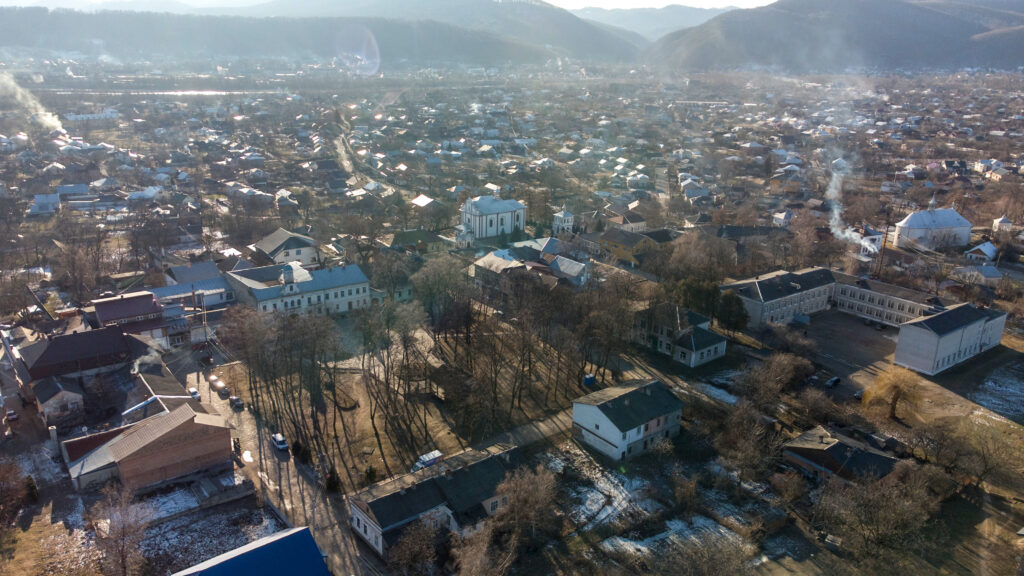
The Kuty Settlement Territorial Community is located in the Kosiv district, Ivano-Frankivsk region.
The total area of the territory is 115,5 km2.
The population of the Community is 16,039 people.
Women: 57%.
Men: 43%.
The Kuty Settlement Territorial Community was established in 2020. It consists of 7 population centres. The Community’s administrative centre is located in the urban-type settlement of Kuty.
History
A Ukrainian town in the Carpathian Mountains near the Cheremosh River, Kuty is the climatic sanatorium, the potential ski resort, and the centre of local arts and crafts, sheep breeding, weaving, embroidery, pottery and ceramics. The town is the former woodworking industry centre and one of the cultural centres of Hutsul and Pokuttya historical regions.
It was first mentioned in documents dated 1448 as a village owned by Jan Odrowąż, a then Polish Archbishop of Lviv King and personal advisor to several Polish Kings.
Kuty became a participant in the National Liberation War in 1648. The villagers supported the Cossack and Peasant Army at that time.
Kuty was the centre of the opryshky (insurgent) movement headed by the famous Ukrainian rebel Oleksa Dovbush. He became a folk hero and is often compared with Robin Hood. There is one of Dovbush’s caves in the Kuty Territorial Community.
Kuty became well-known resort due to its picturesque location on the river, surrounded by hills with a favourable climate. It was famous for its fruit-growing and the related festivals. Here was Poland’s largest Armenian community, many of its members settled here after moving from Moldova.
The town was under the control of the Western Ukrainian National Republic for a short time in 1918. After the Romanian occupation, Kuty returned to the newly independent Polish administration. The town became a key border checkpoint between Poland and Romania. The Polish Army built here a new wooden bridge across the Cheremosh River in 1930.
Kuty was annexed and occupied by the Soviet Union from 1939 to the fall down of the USSR, except for the period of German occupation between 1941 and 1944.
Almost 2,350 Jews were killed during the German occupation in Kuty.
In 1991, Kuty became part of independent Ukraine. Since 2020, Kuty has been the centre of the Kuty Settlement Territorial Community. It consists of 6 villages: Stari Kuty, Tyudiv, Roztoky, Velykyi Rozhyn, Malyi Rozhyn and Slobidka.
There is an architectural monument in the historical centre of Kuty – the Kuty Town Hall. The administration of the Community – the Kuty Settlement Council – is located here.
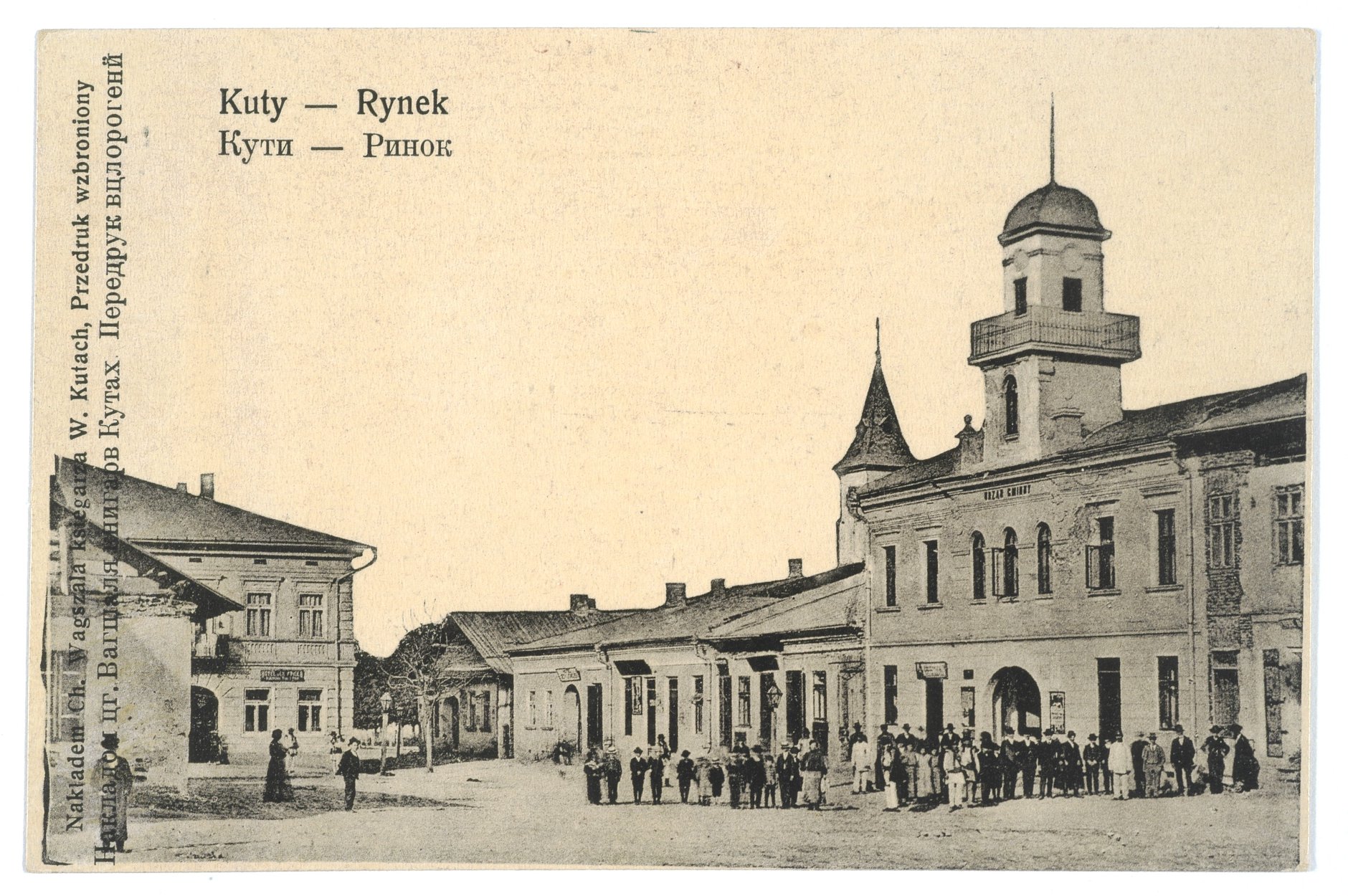
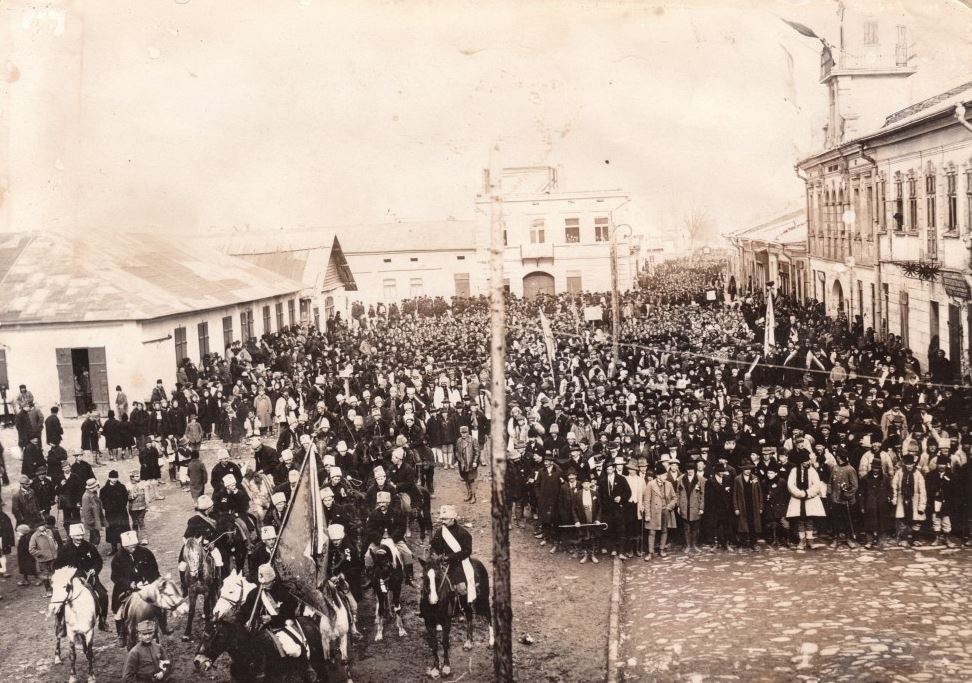
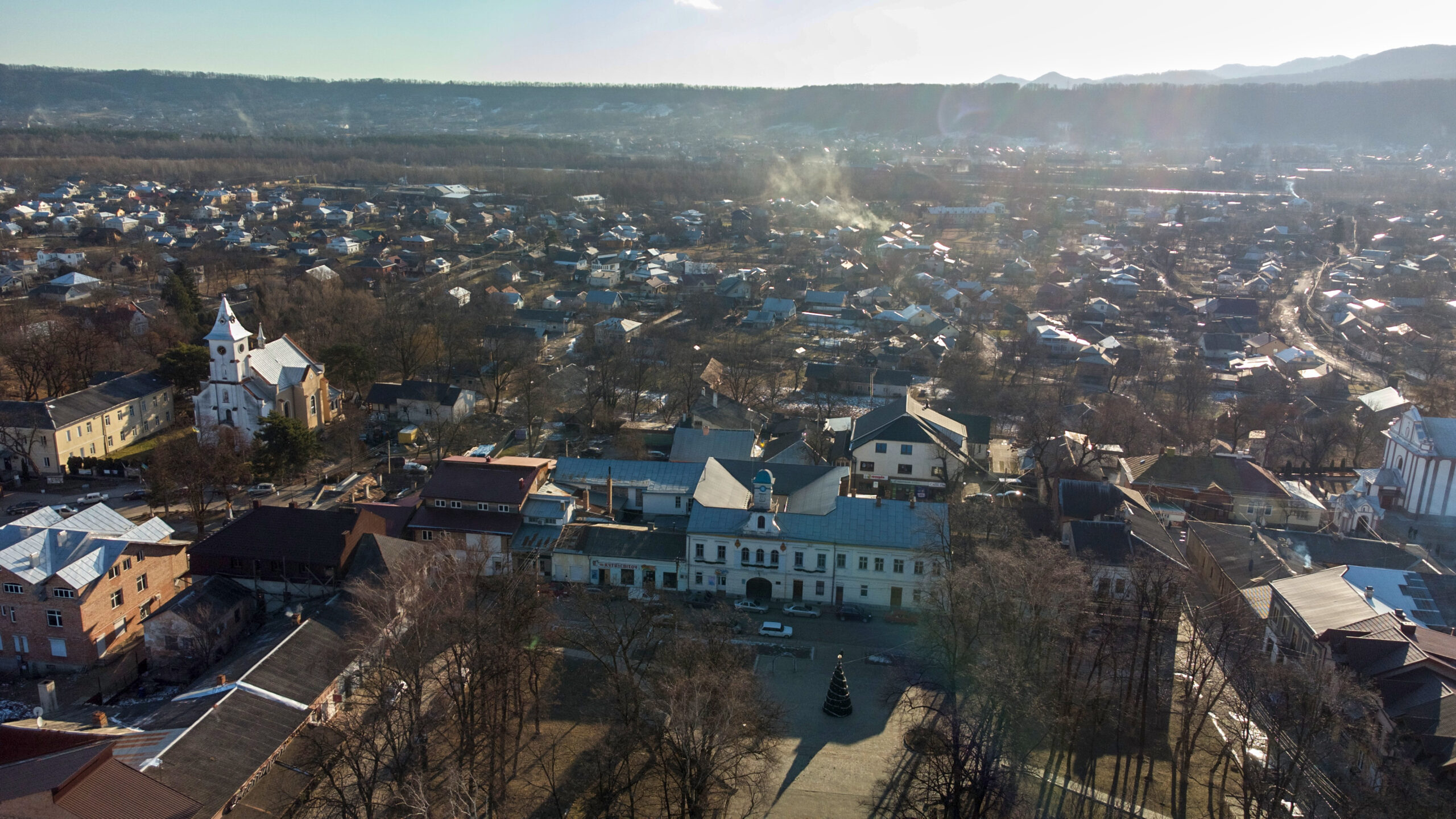
Economy and Welfare
The Kuty Community is located in the Carpathians. Thus, tourism is one of the most promising spheres of its development. There are some natural monuments on the territory of the Kuty Territorial Community: the Sokilskyi Hill Range with a series of stones (rocks), and one of the Dovbush’s caves, where local Robin Hood – Oleksa Dovbush probably hid his treasures.
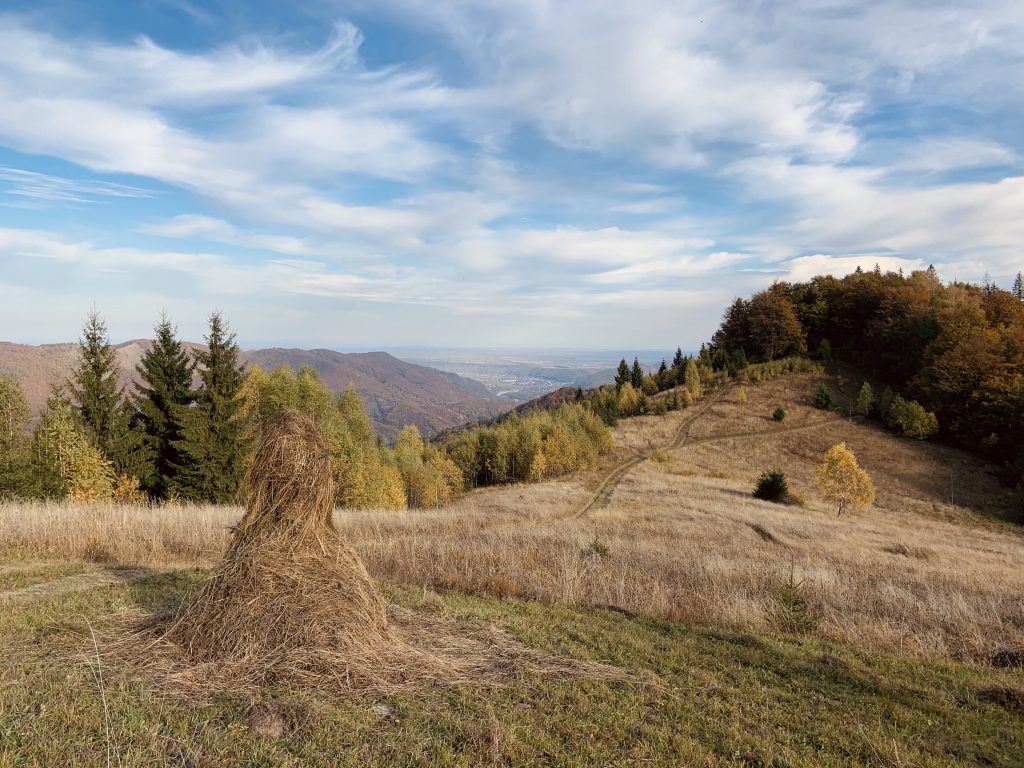
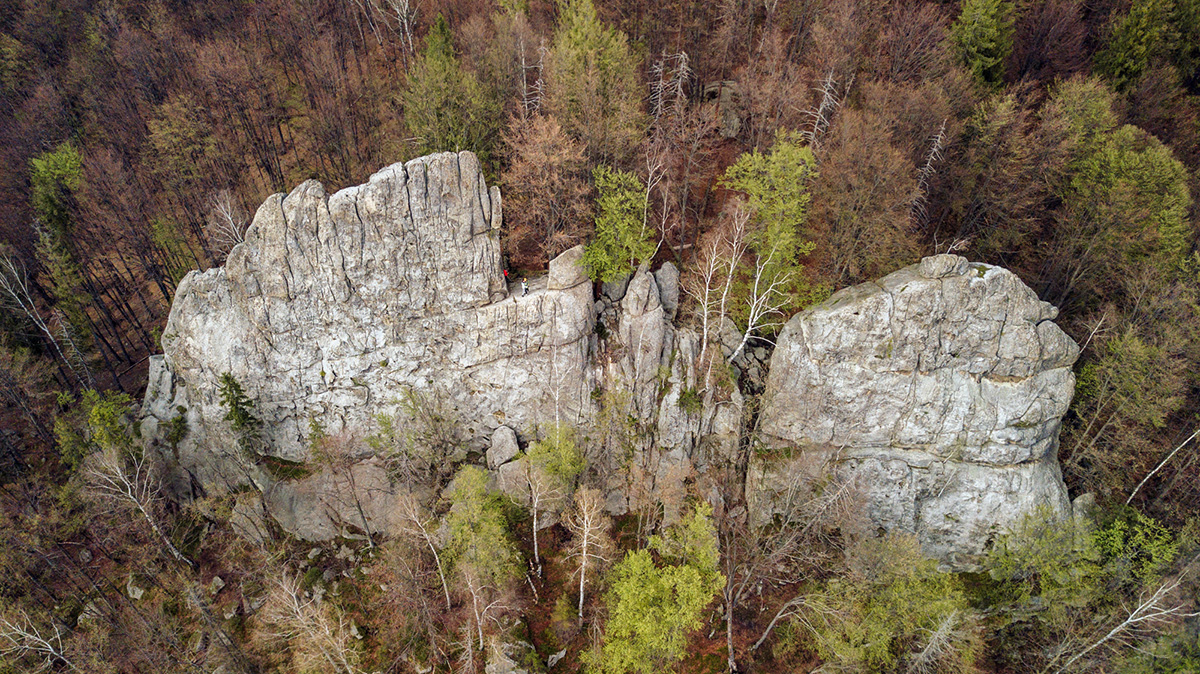

The Tatariv Stone rock attracts with its impressive appearance and availability for climbing.
The picturesque Sokilska Rock is located in the village of Tyudiv, in the Kuty community. The world’s first monument to Taras Shevchenko was installed at its foundation. The monument looked like an obelisk and was destroyed between the two world wars.
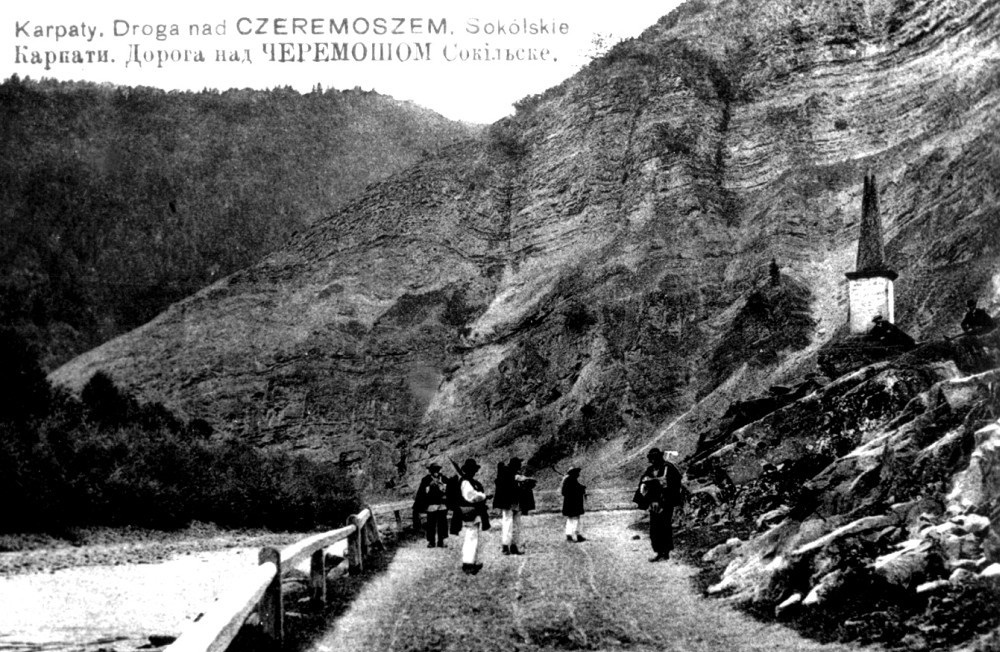
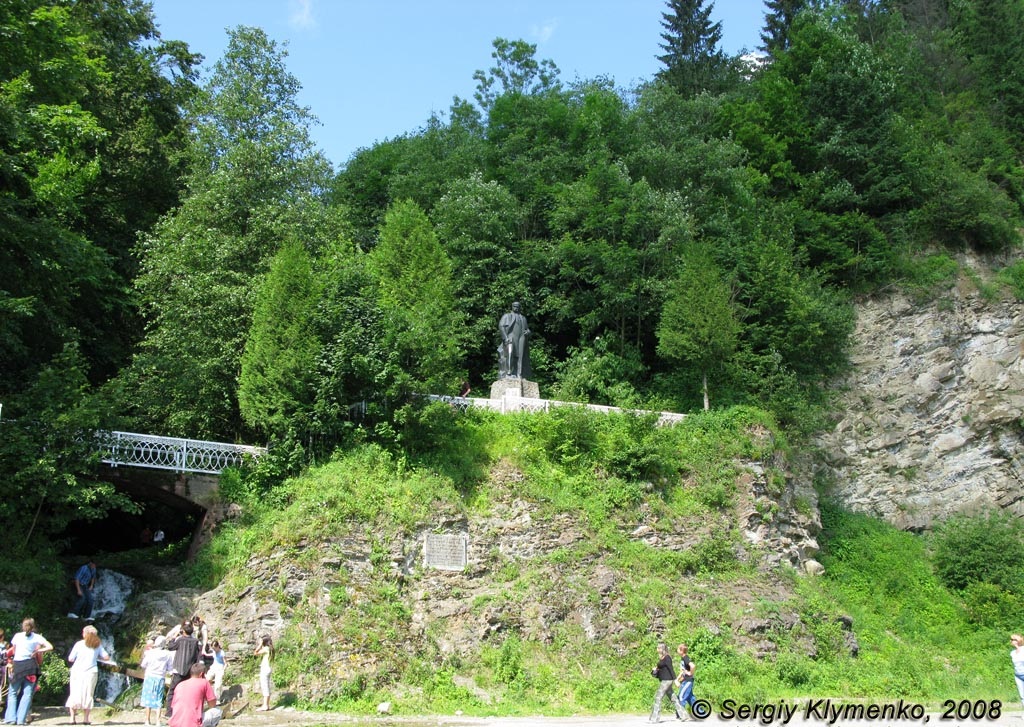
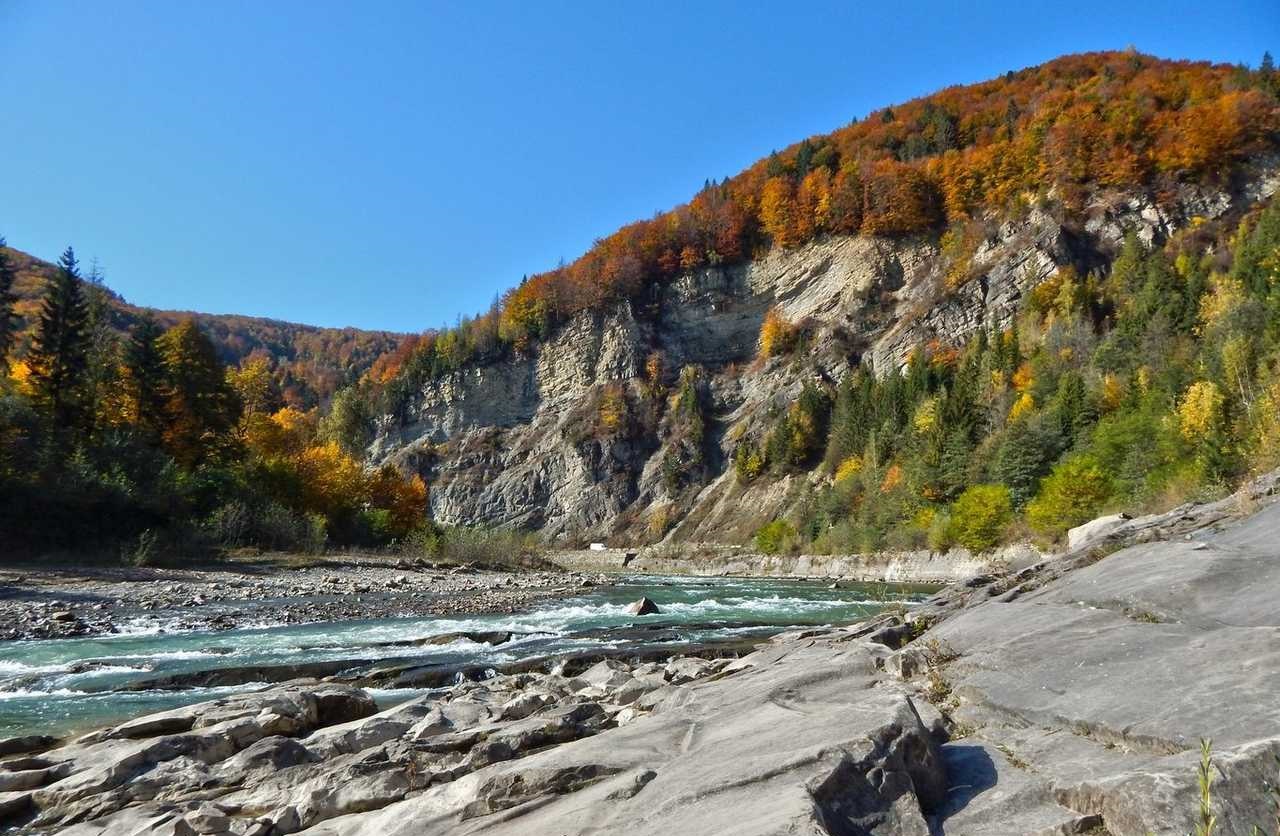
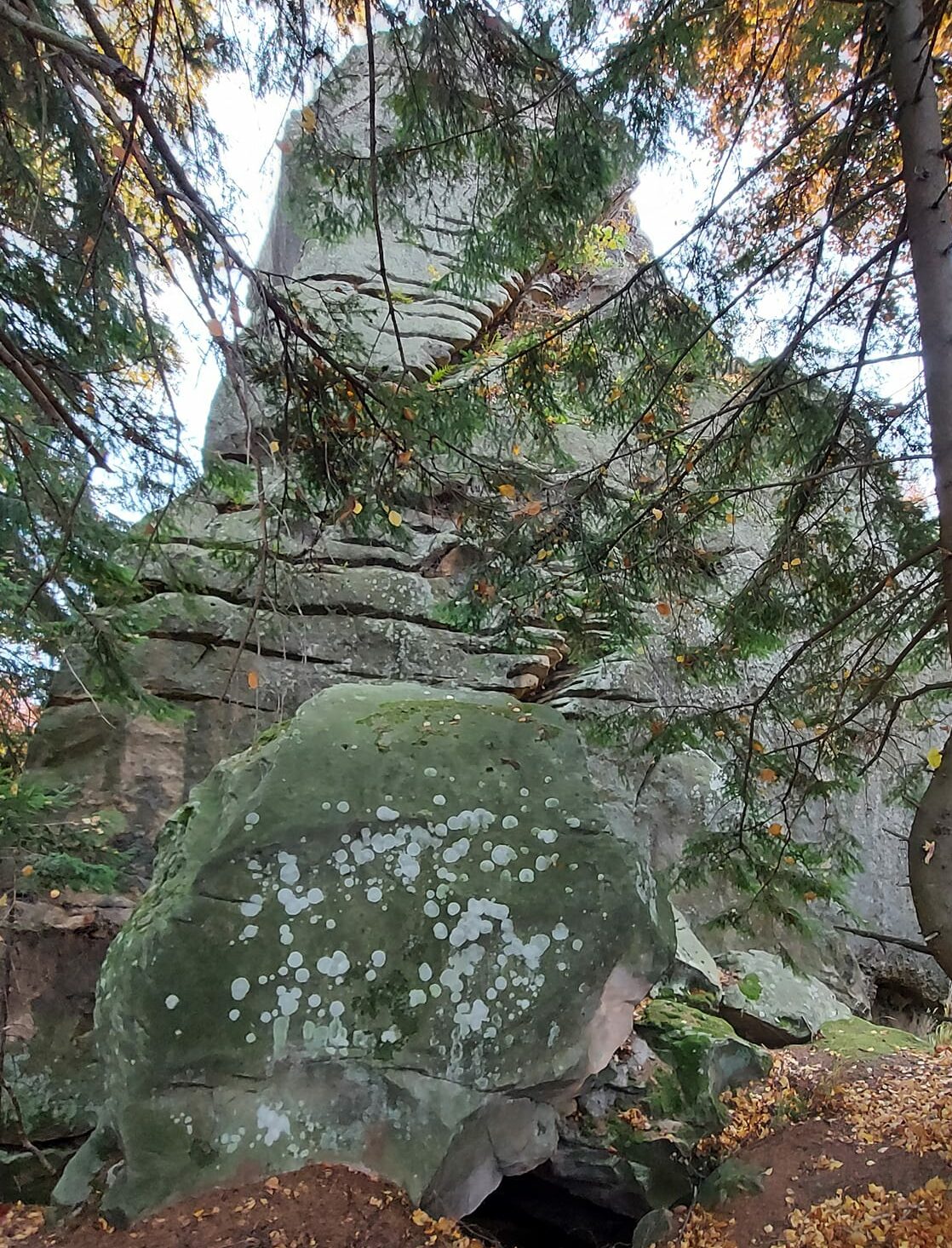
The Community has a favourable geographical location and transport accessibility as the regional highway R-62 passes through Kuty. It connects Chernivtsi with the “Ruska” and “Shepit” international border checkpoints between Ukraine and Romania. Both are located in about 50 kilometres from Kuty and will be opened in the next 2-5 years.
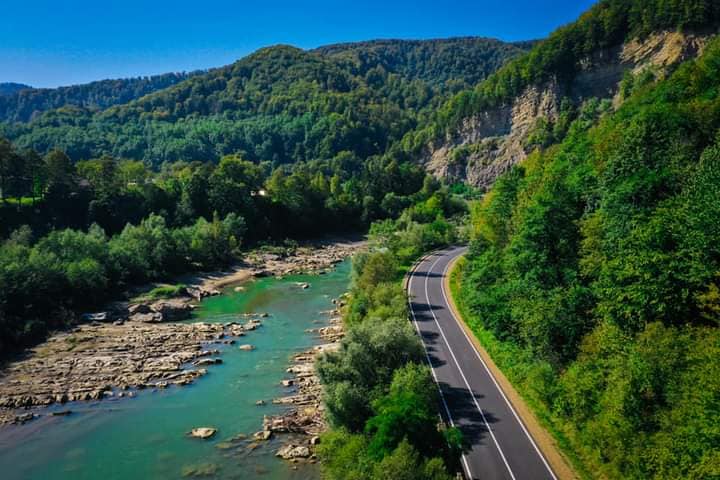
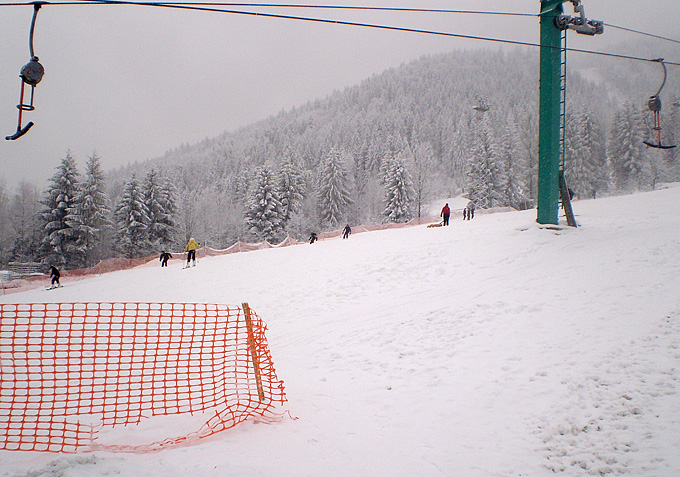

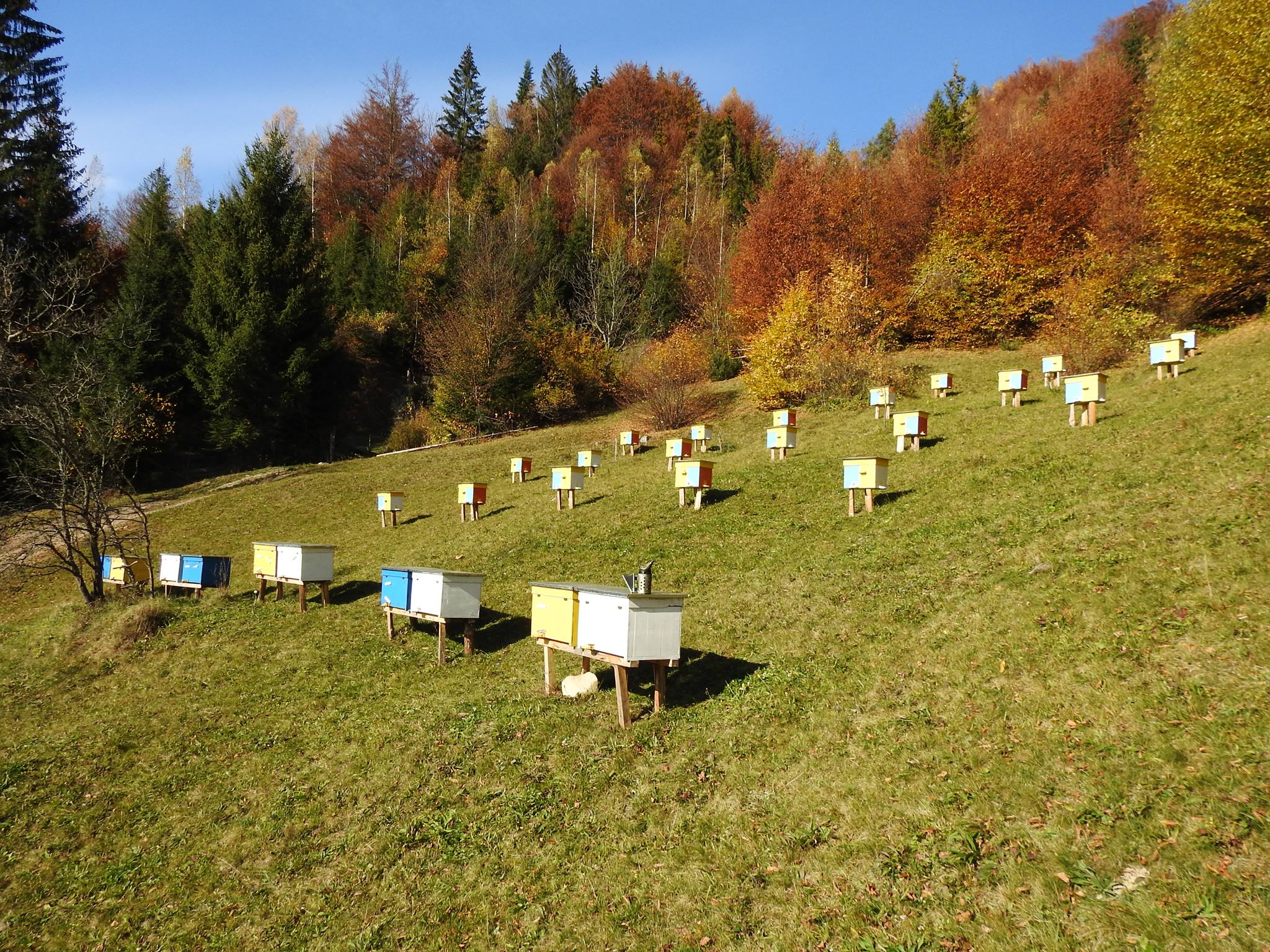
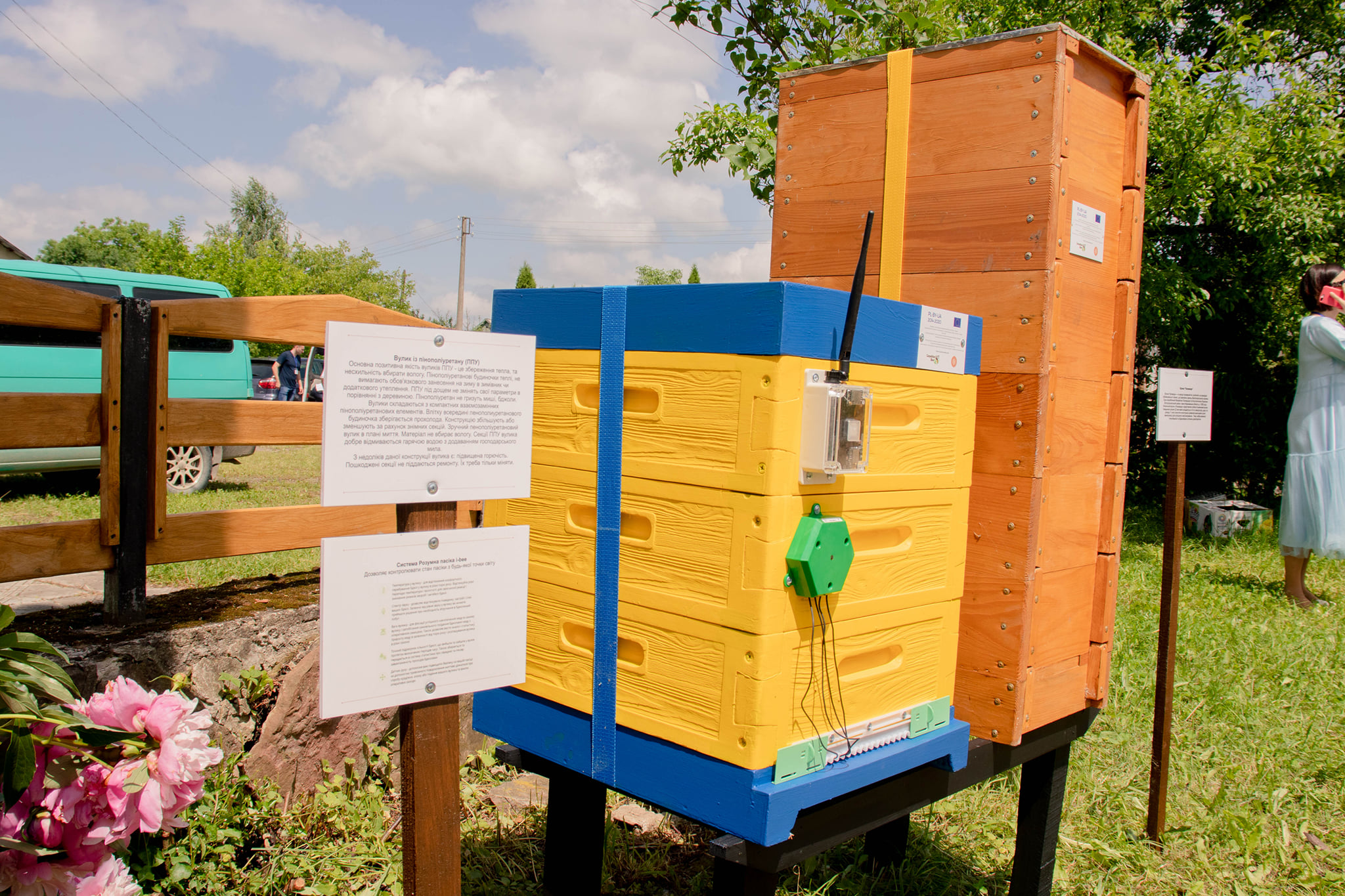
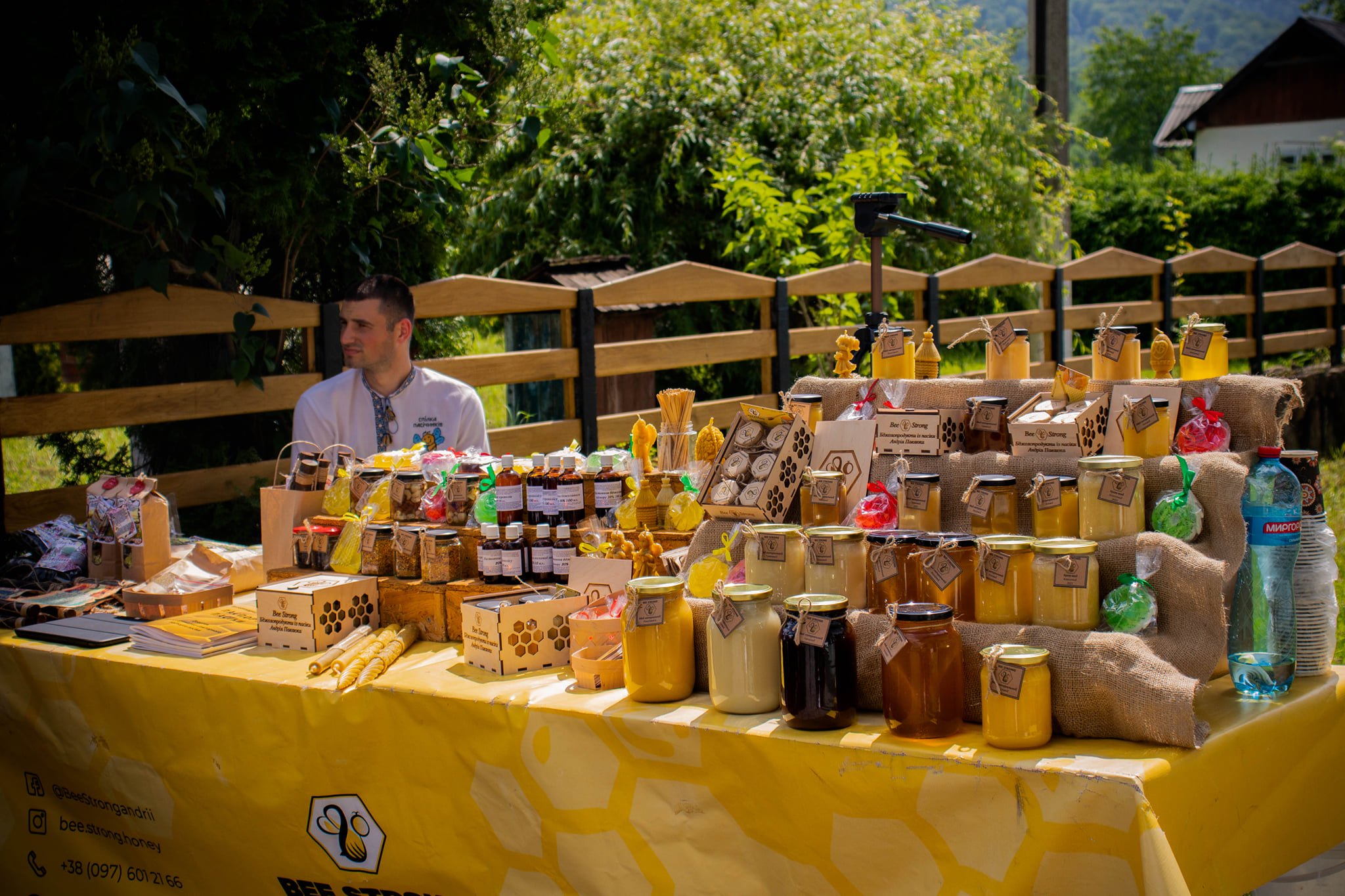
The Kuty Community is known for producing synthetic Christmas trees and New Year’s decorations.
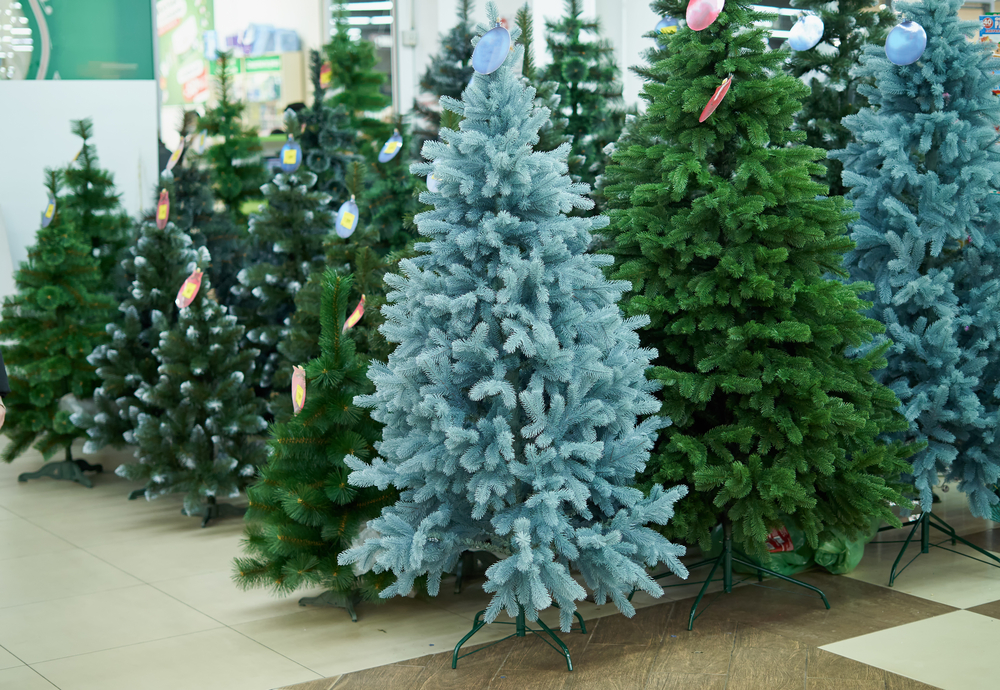

Kuty is the township with the aroma of hot bread and bakery. There are more than 8 bread makers here.
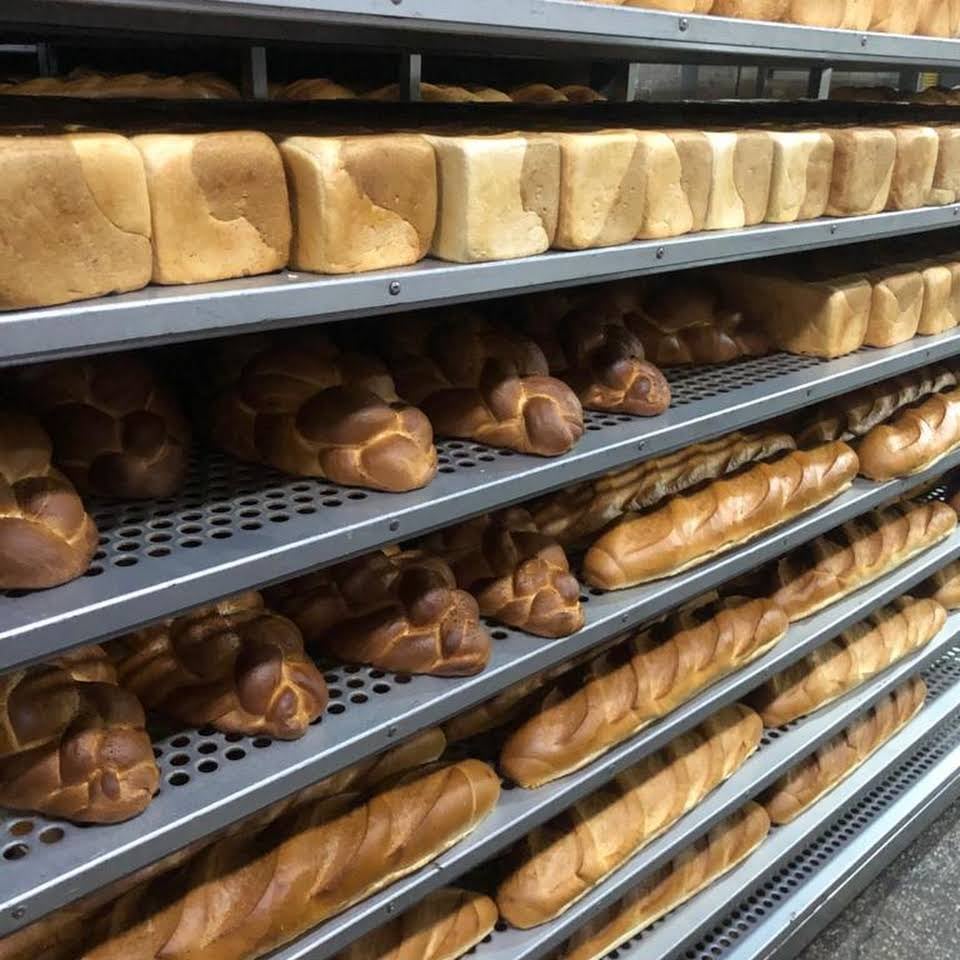
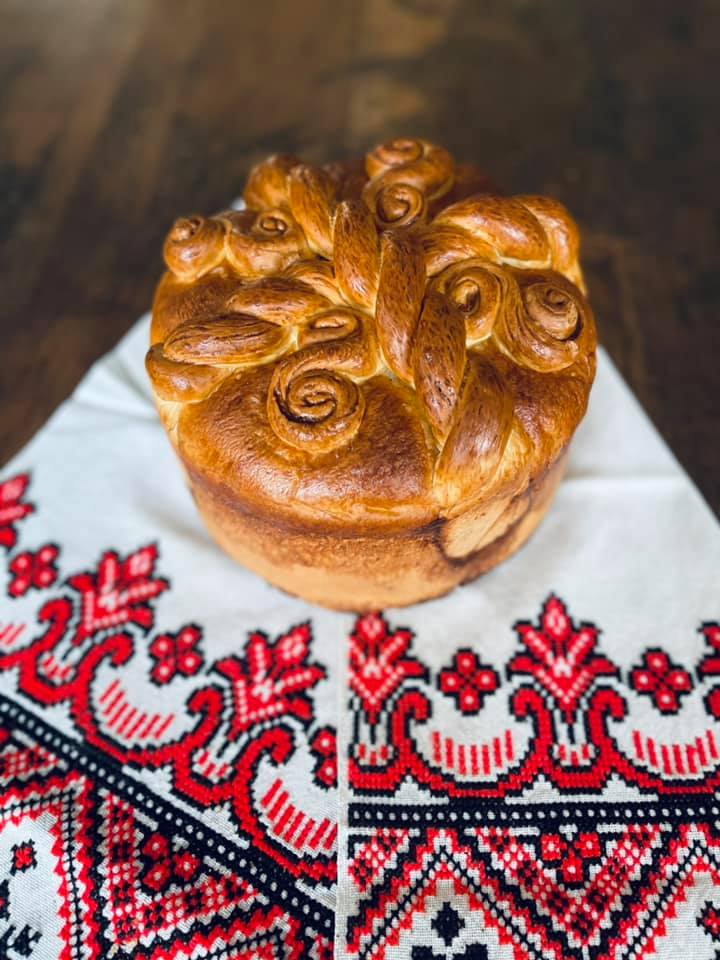
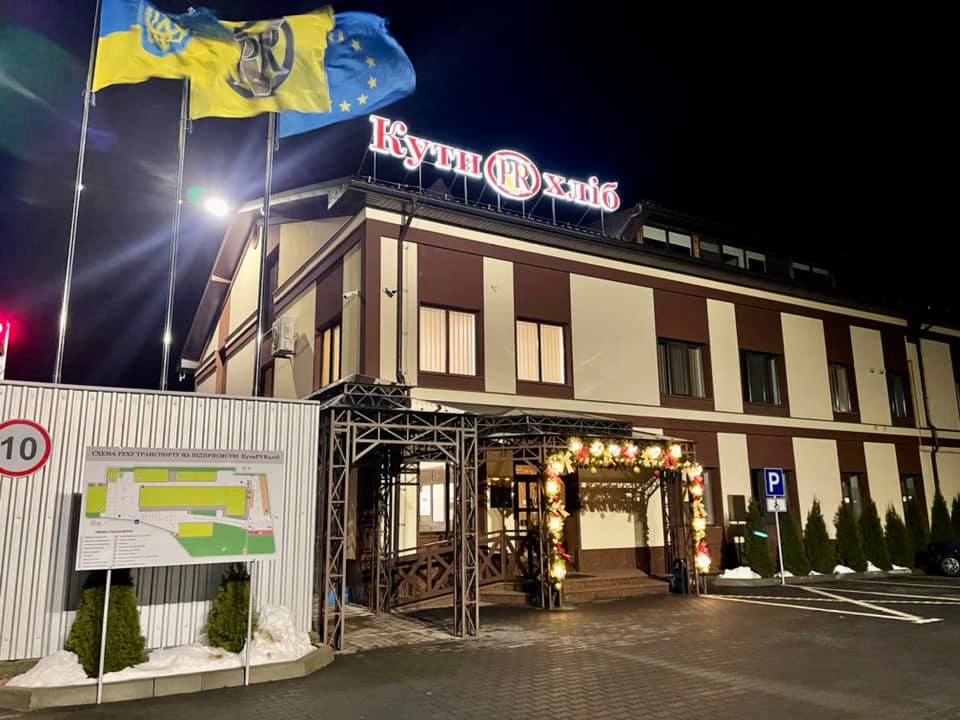


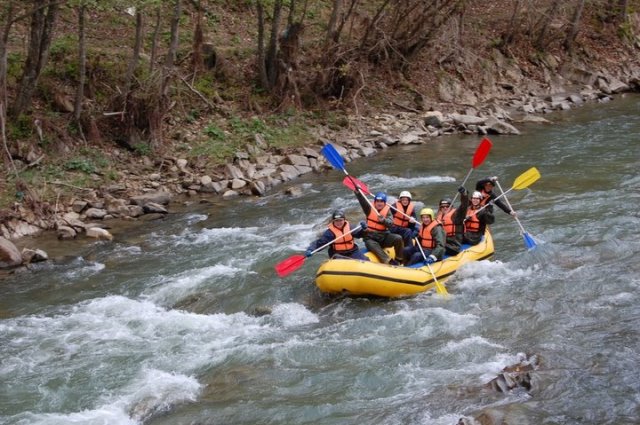
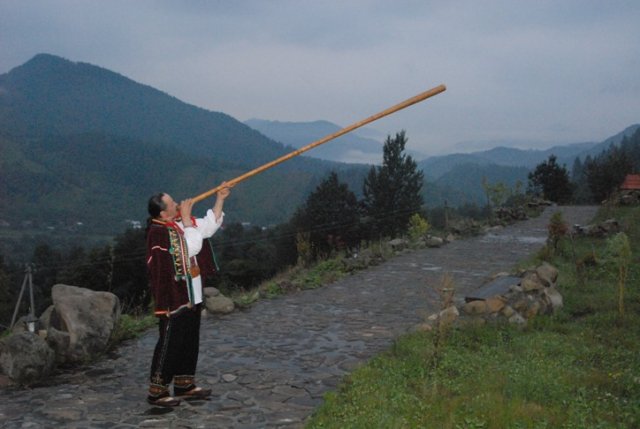

The Kuty Territorial Community pays considerable attention to the development of sports.
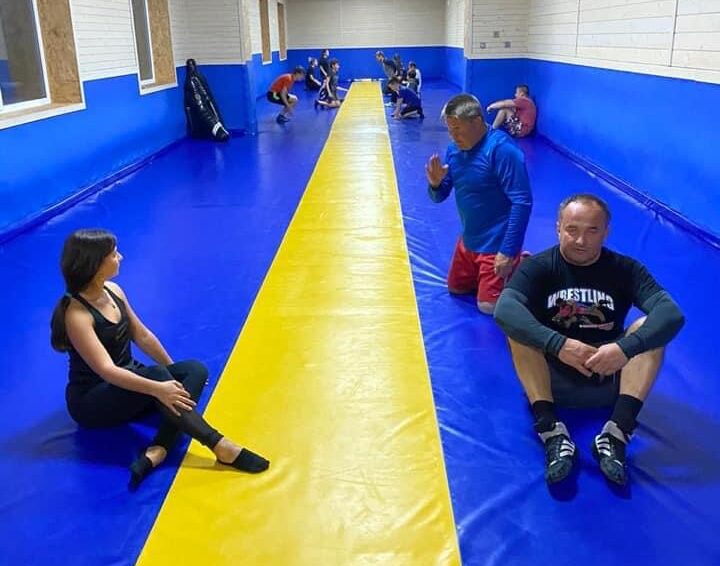
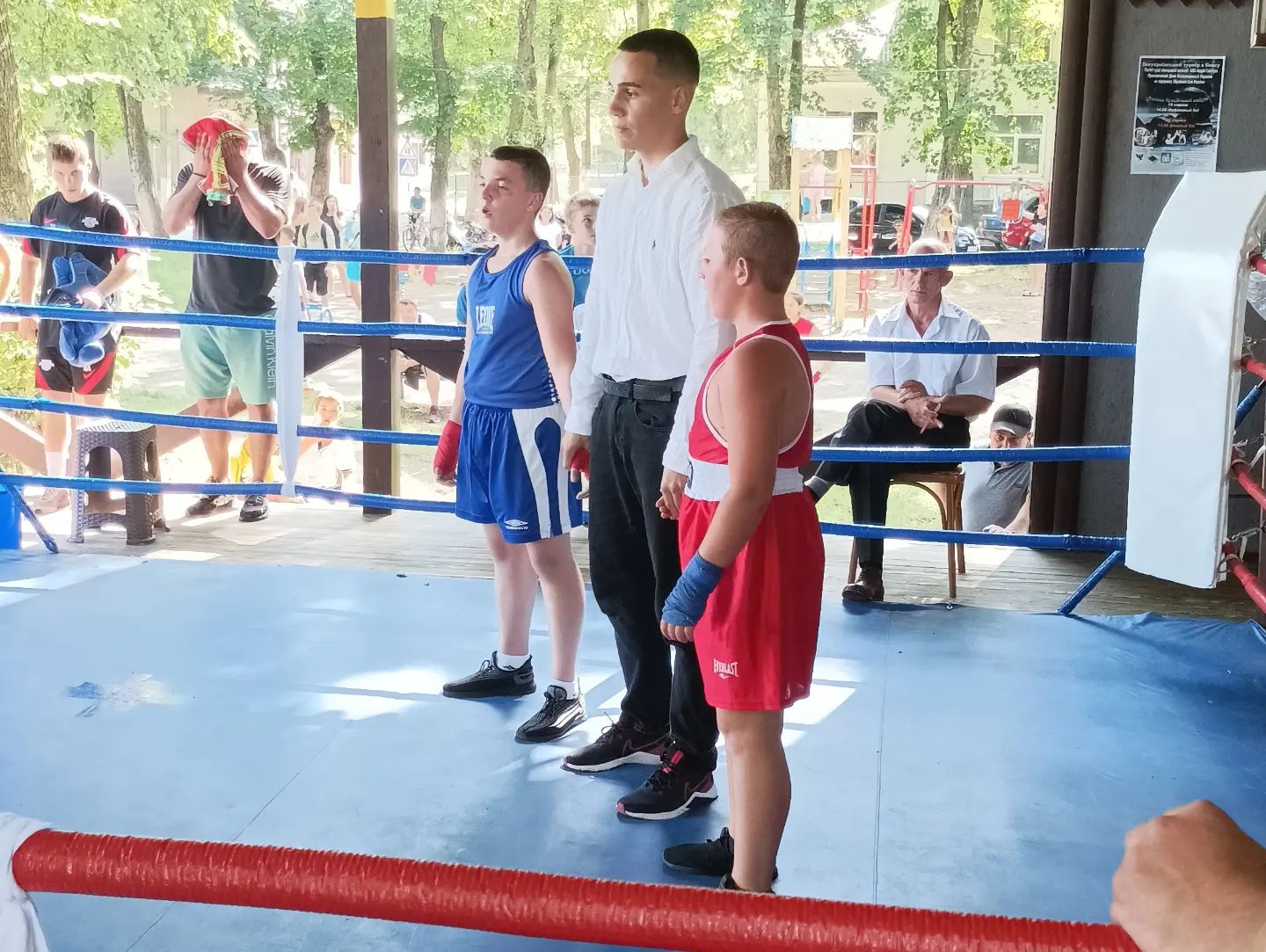

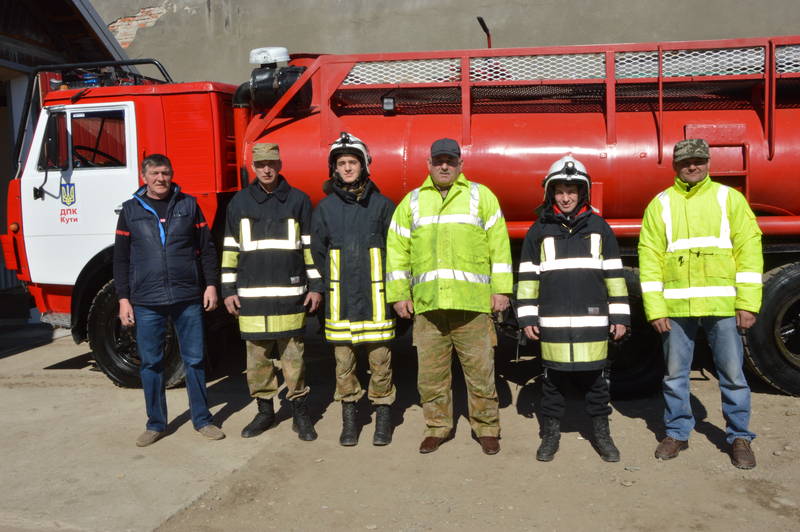
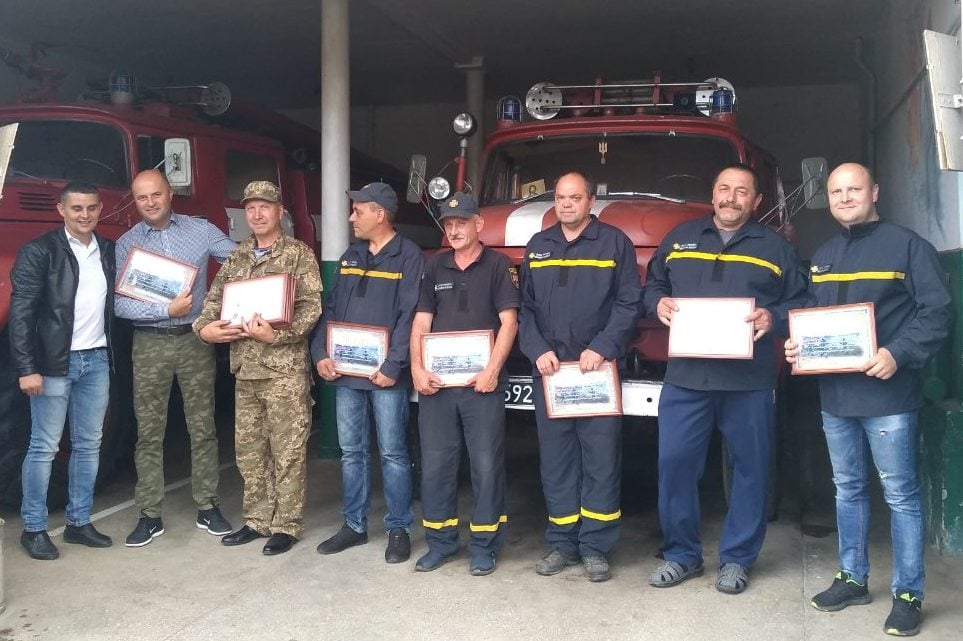
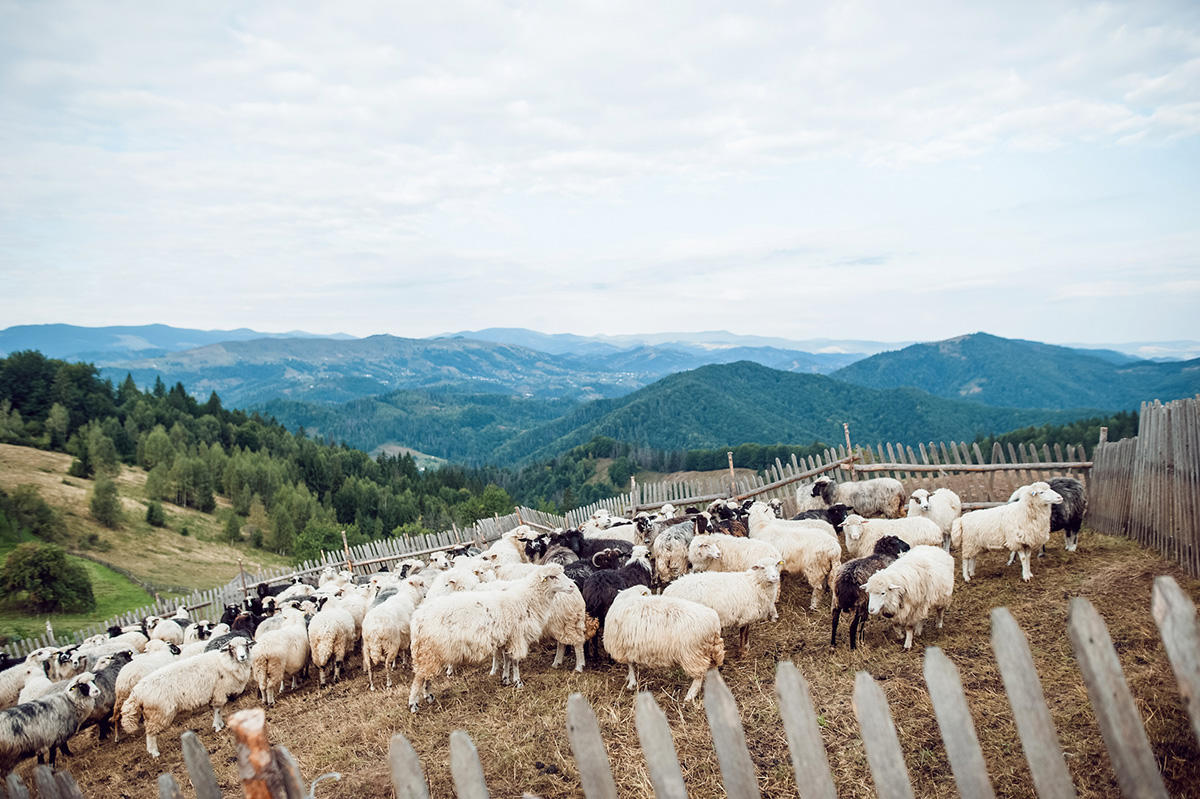
The tragic history: more than two thousand local Jews became victims of the Nazi Holocaust.
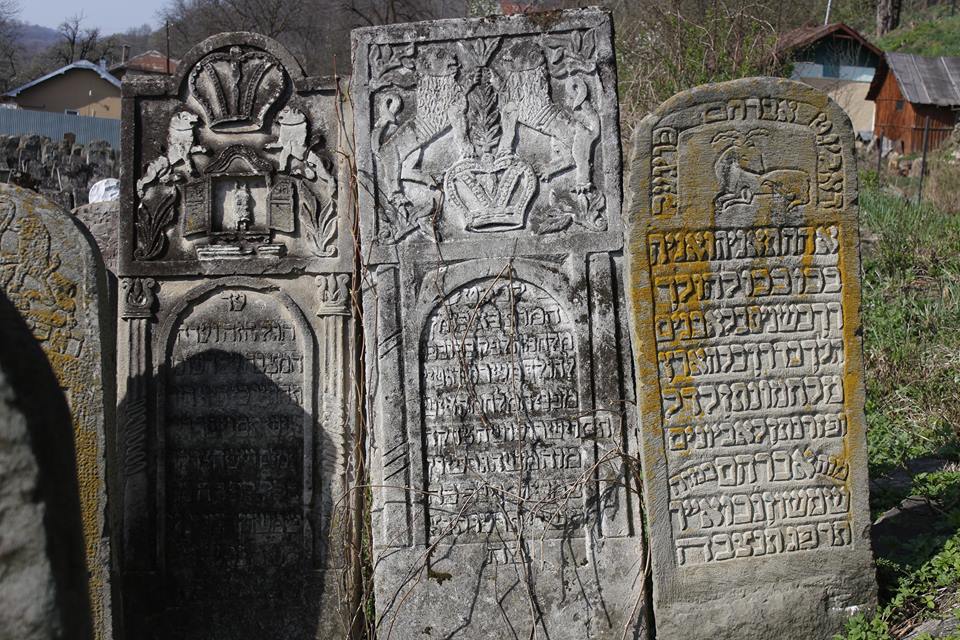
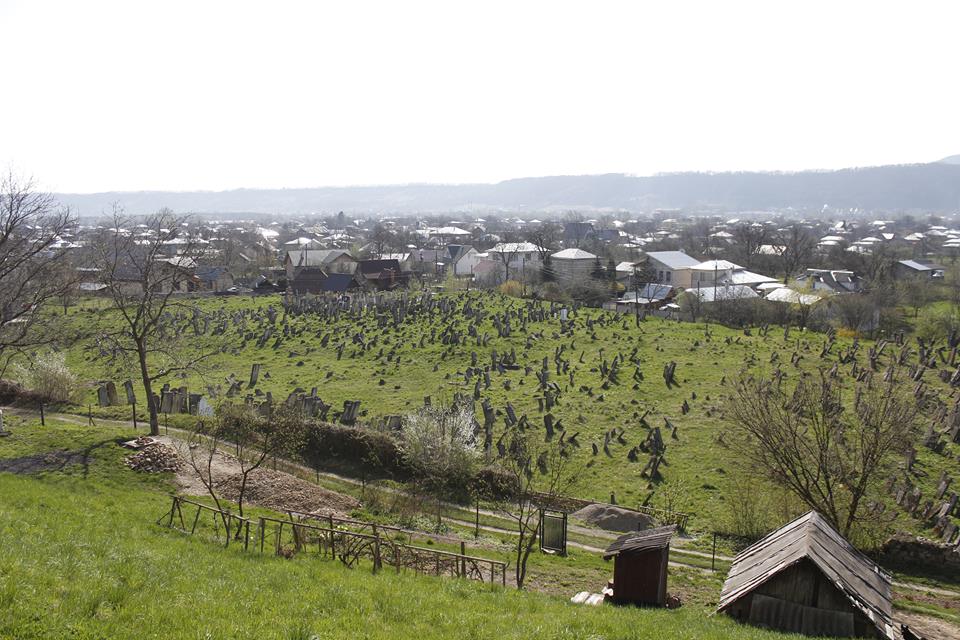
Community and War
The Kuty Community is located in the Carpathian Mountains in western Ukraine. More than 4,000 internally displaced persons from the war zone were hosted here in 2022. People were accommodated in municipal educational institutions and in the private sector. The “Caritas Kolomyia” Charitable Foundation The Kuty shelter opened a shelter in the municipal facility. Up to 60 people who fled the war can temporarily live here in comfortable conditions.
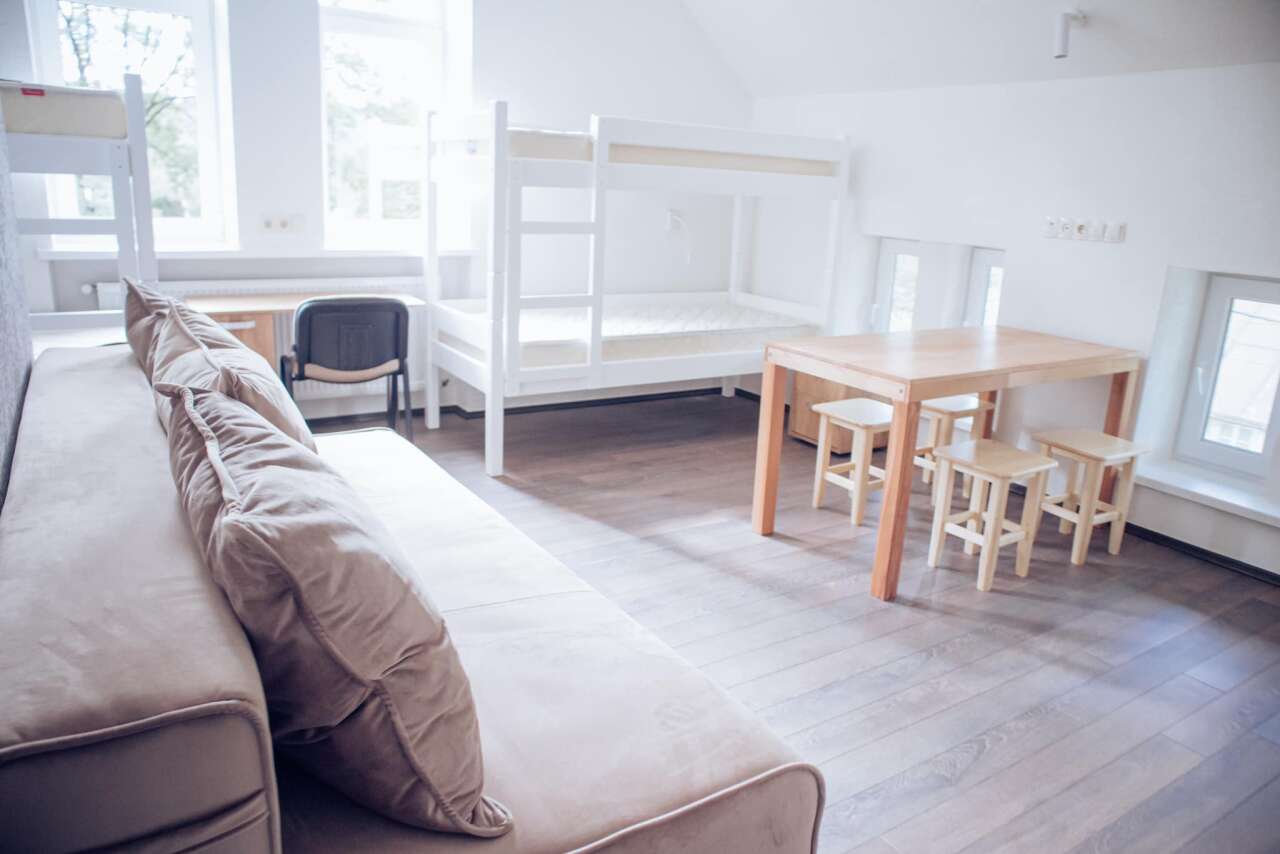
The Community citizens take an active part in the volunteer movement to help the Armed Forces of Ukraine and internally displaced persons.
Community People
Dmytro Pavliuk is the Settlement Head of Kuty and the Head of the Kuty Territorial Community.
Community People
Dmytro Pavliuk is the Settlement Head of Kuty and
Dmytro Pavliuk used to be a professional sportsman and a successful entrepreneur engaging in woodworking.
Dmytro Pavliuk used to be a professional sportsman and a successful entrepreneur engaging in woodworking.
the Head of the Kuty Territorial Community.
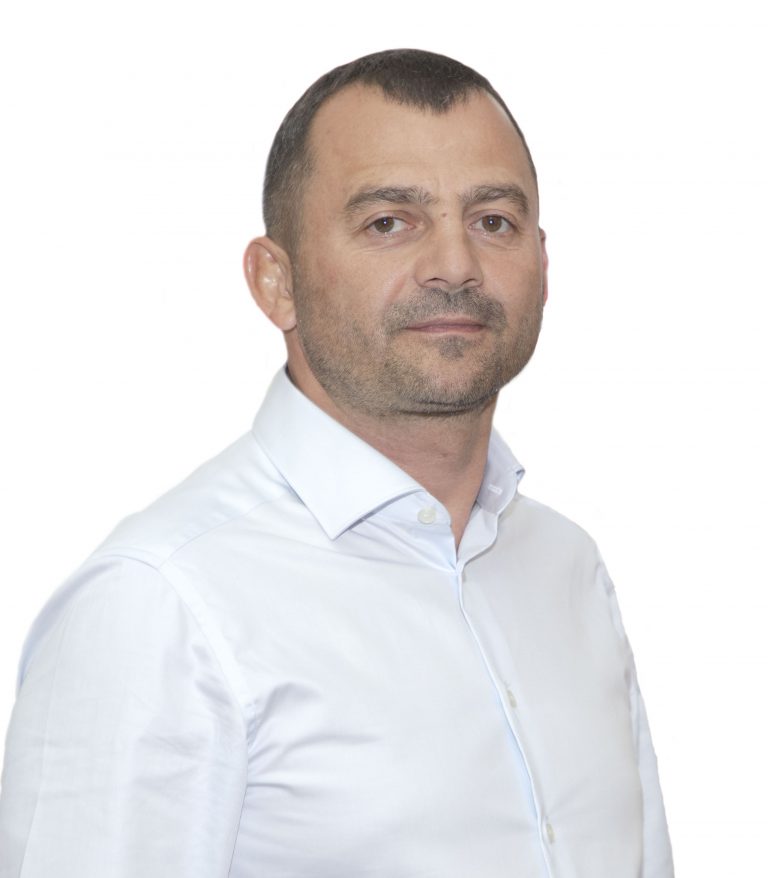
Dmytro Pavliuk used to be a professional sportsman and a successful entrepreneur engaging in woodworking.
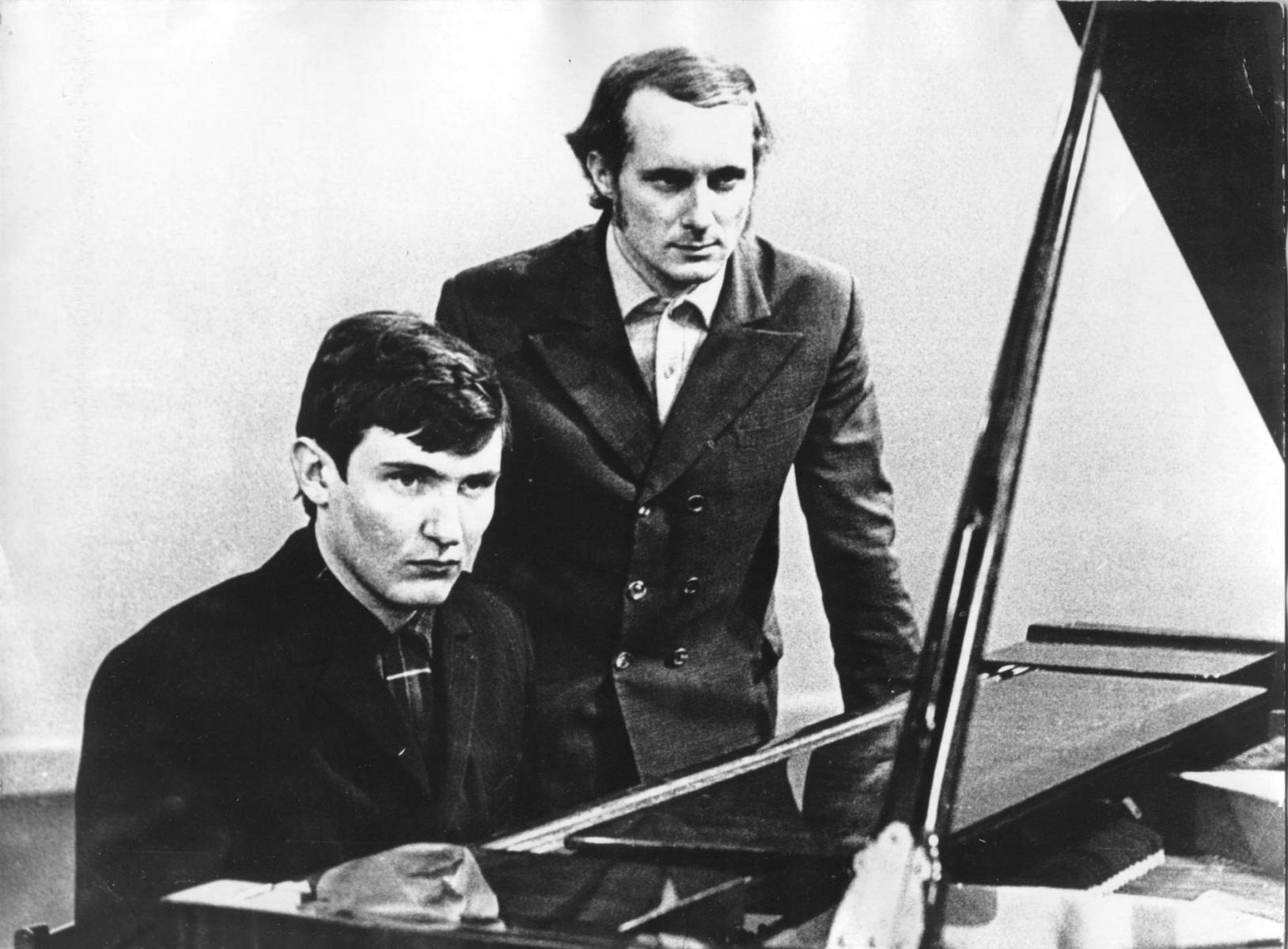
The most famous person from Kuty is Levko Dutkovskyi. He directed the Smerichka ensemble. Thanks to him, composer Volodymyr Ivasyuk, soloists of Smerichka Nazariy Yaremchuk and Vasyl Zinkevych, and singers Sofia Rotaru, Lyudmyla Artemenko, Ivo Bobul, and Pavlo Dvorsky started their professional successful path and gained popularity.
Development Strategy
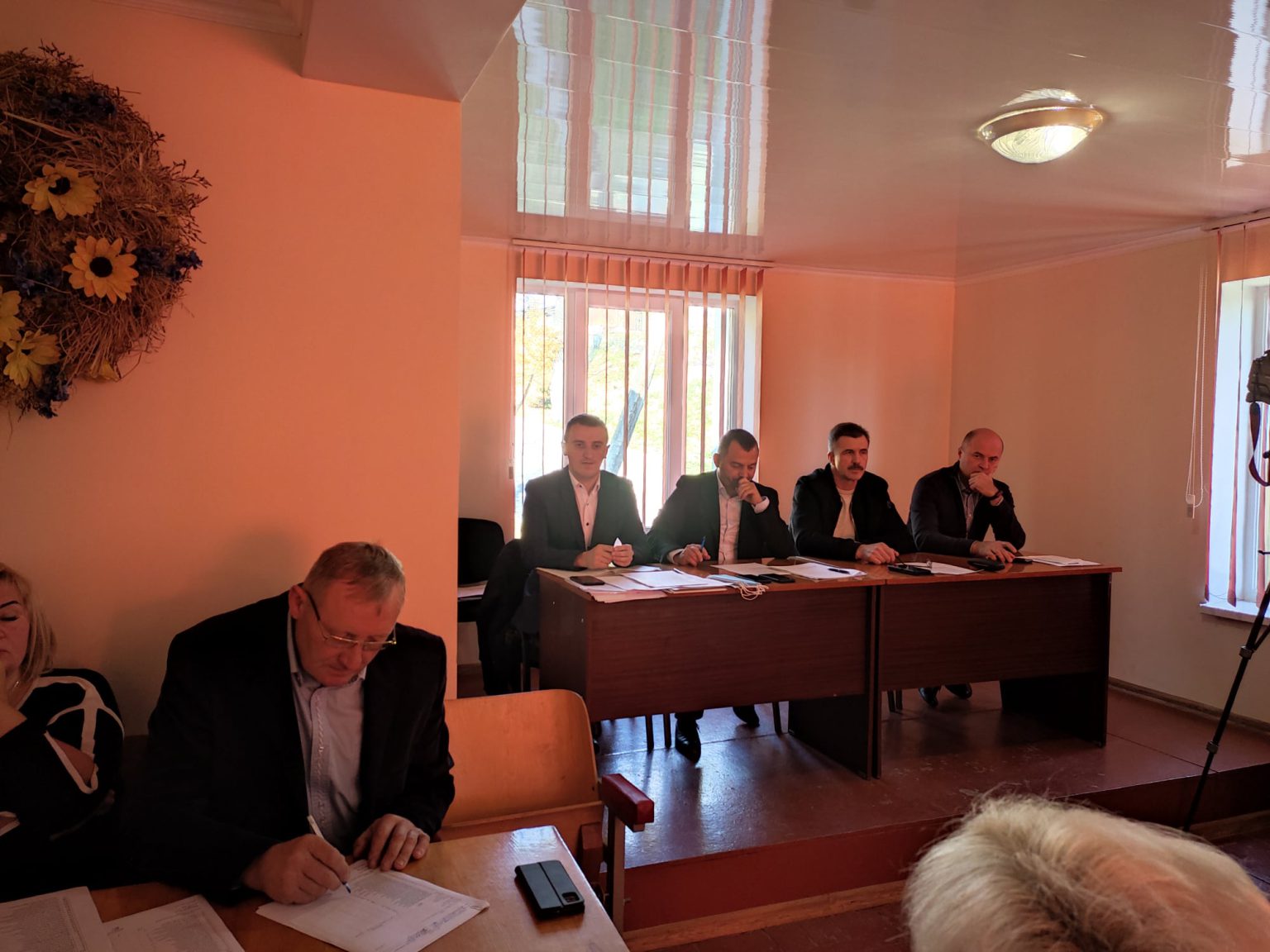
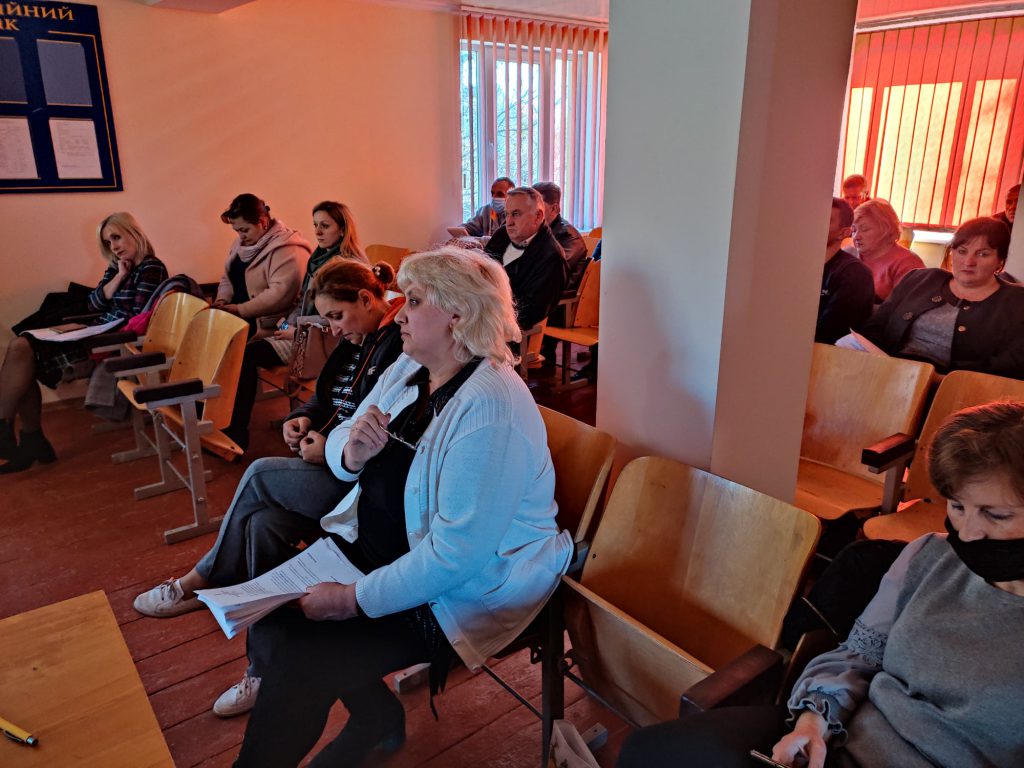
The Kuty Community approved the strategy for 2022-2027 with the following goals and activities:
- Improving the quality of administrative services by modernizing the infrastructure and applying modern technologies
- Overhaul of the historic centre and the Kuty Town Hall
- Installation of street lighting, use of renewable energy
- Preparation of master plans of population centres in the Kuty Territorial Community
- Creation of a tourist attraction – “Border crossing between Halychyna and Bukovyna” (Kuty – Vyzhnytsia / Poland – Romania).
- Development of electric transport in the Kuty Territorial Community.
- Overhaul of local roads
- Development of farms and agricultural cooperatives for the production of organic agricultural products
- Promotion of beekeeping, apitherapy
- Revival, development and promotion of sheep breeding in mountain population centres
- Preservation of the Carpathian virgin forests
- Development of the National Nature Park “Hutsulshchyna” (Sokilsky mountain range)
- Reproduction of the Hutsul horse breed and satisfaction of people’s needs in hypotourism and hypotherapy
- Creation of a solid and liquid domestic waste management system and creation of a voluntary fire squad
- Renewal and maintenance of a favourable hydrologic regime and river sanitary condition, as well as construction of coastal protection
- Creation of a network of fire reservoirs and fire hydrants, development of fire protection, ensuring fire safety and support for the local fire department, renovation of the fire station utility premises
- Overhaul of cultural centres, supporting children’s and folk art, and preserving local traditions
- Establishment, rebuilding, modernization and renovation of community cultural institutions (libraries, museums, cinema)
- Promotion of traditional Kuty ceramics and development of personal creativity
- Improvement of the quality of pre-school and school education, particularly for children with special educational needs
- Improvement of the quality and availability of educational services: building, reconstruction and upgrading of the infrastructure of educational institutions, including the construction of hideouts and shelters
- Modernization of heating systems
- Development of mass sports and the community’s sports infrastructure.
- Establishment of a cooperative for the cultivation and gathering of medicinal plants on villagers’ property.
List of Sources
- Website of the Kuty Settlement Council:
- Facebook page
